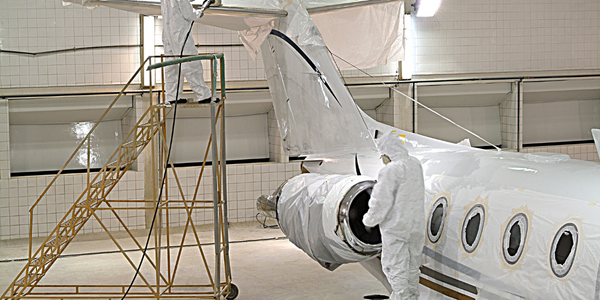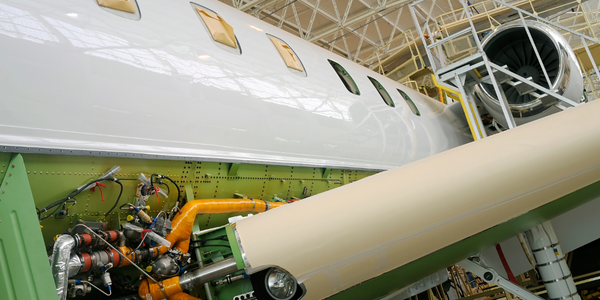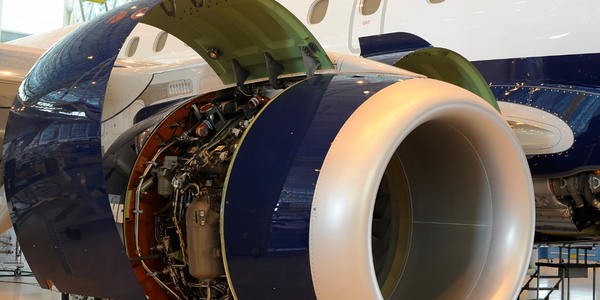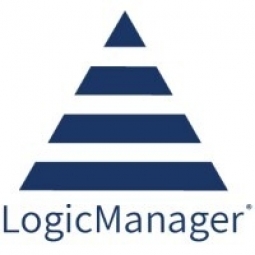公司规模
Large Corporate
国家
- United States
- Other
产品
- LogicManager's SaaS platform
- Enterprise Risk Management system
技术栈
- SaaS
实施规模
- Enterprise-wide Deployment
影响指标
- Cost Savings
- Productivity Improvements
技术
- 平台即服务 (PaaS) - 应用开发平台
适用行业
- 航天
适用功能
- 商业运营
服务
- 云规划/设计/实施服务
关于客户
客户是一家全球安全和航空航天公司,专注于先进技术的研究、设计、开发和制造。他们为国内外政府机构以及商业伙伴提供服务。该业务由数十个国家的多个业务部门和产品线组成。该公司是一家上市公司,拥有超过 100,000 名员工,销售额达 400 亿美元。该公司从事制造业。由于他们在国防和安全领域为联邦政府工作的性质,该组织对 IT 有着广泛的要求。
挑战
客户是一家全球安全和航空航天公司,正在公司分支机构实施企业风险管理系统。其目的是识别和评估所有业务部门的风险,直至副总裁级别。由于风险和控制自我评估 (RCSA) 的参与者超过 500 人,风险管理团队面临大量数据,无法跨职能汇总到部门、相应业务部门甚至整个企业。客户的数据收集方法由不同的电子表格组成,没有一致性或年度趋势。风险管理团队花了近四分之一的时间来分析审计和董事会报告的数据,但结果与公司的战略计划只有松散的联系,与审计职能完全无关,后者汇总到同一个行政部门。该组织每年还花费超过 10,000 美元外包调查分发。
解决方案
LogicManager 的订阅式服务提供了一个理想的平台,客户可以利用该平台在全球范围内为其 ERM 程序提供服务。由于并发许可证的性质,该组织实现了大幅成本节省,因为不同时区的用户很少重叠,因此可以不间断地共享许可证或“席位”。关于信息安全要求,外部数据中心(根据其业务性质)可以将其很大一部分资源用于信息安全。经过客户的进一步评估,发现 LogicManager 的数据中心甚至超出了客户对其 IT 运营施加的内部要求。LogicManager 的 SaaS 服务通过为风险评估流程提供标准化,嵌入了克服大型分布式数据集挑战所需的最佳实践。LogicManager 的分类法允许客户复制其业务流程结构,提供清晰度并允许客户根据他们要会见的高管对数据进行细分。
运营影响
数量效益

Case Study missing?
Start adding your own!
Register with your work email and create a new case study profile for your business.
相关案例.

Case Study
Airbus Soars with Wearable Technology
Building an Airbus aircraft involves complex manufacturing processes consisting of thousands of moving parts. Speed and accuracy are critical to business and competitive advantage. Improvements in both would have high impact on Airbus’ bottom line. Airbus wanted to help operators reduce the complexity of assembling cabin seats and decrease the time required to complete this task.

Case Study
Aircraft Predictive Maintenance and Workflow Optimization
First, aircraft manufacturer have trouble monitoring the health of aircraft systems with health prognostics and deliver predictive maintenance insights. Second, aircraft manufacturer wants a solution that can provide an in-context advisory and align job assignments to match technician experience and expertise.

Case Study
Aerospace & Defense Case Study Airbus
For the development of its new wide-body aircraft, Airbus needed to ensure quality and consistency across all internal and external stakeholders. Airbus had many challenges including a very aggressive development schedule and the need to ramp up production quickly to satisfy their delivery commitments. The lack of communication extended design time and introduced errors that drove up costs.

Case Study
Accelerate Production for Spirit AeroSystems
The manufacture and assembly of massive fuselage assemblies and other large structures generates a river of data. In fact, the bill of materials for a single fuselage alone can be millions of rows of data. In-house production processes and testing, as well as other manufacturers and customers created data flows that overwhelmed previous processes and information systems. Spirit’s customer base had grown substantially since their 2005 divestiture from Boeing, resulting in a $41 billion backlog of orders to fill. To address this backlog, meet increased customer demands and minimize additional capital investment, the company needed a way to improve throughput in the existing operational footprint. Spirit had a requirement from customers to increase fuselage production by 30%. To accomplish this goal, Spirit needed real-time information on its value chain and workflow. However, the two terabytes of data being pulled from their SAP ECC was unmanageable and overloaded their business warehouse. It had become time-consuming and difficult to pull aggregate data, disaggregate it for the needed information and then reassemble to create a report. During the 6-8 hours it took to build a report, another work shift (they run three per day) would have already taken place, thus the report content was out-of-date before it was ever delivered. As a result, supervisors often had to rely on manual efforts to provide charts, reports and analysis.

Case Study
Developing Smart Tools for the Airbus Factory
Manufacturing and assembly of aircraft, which involves tens of thousands of steps that must be followed by the operators, and a single mistake in the process could cost hundreds of thousands of dollars to fix, makes the room for error very small.








